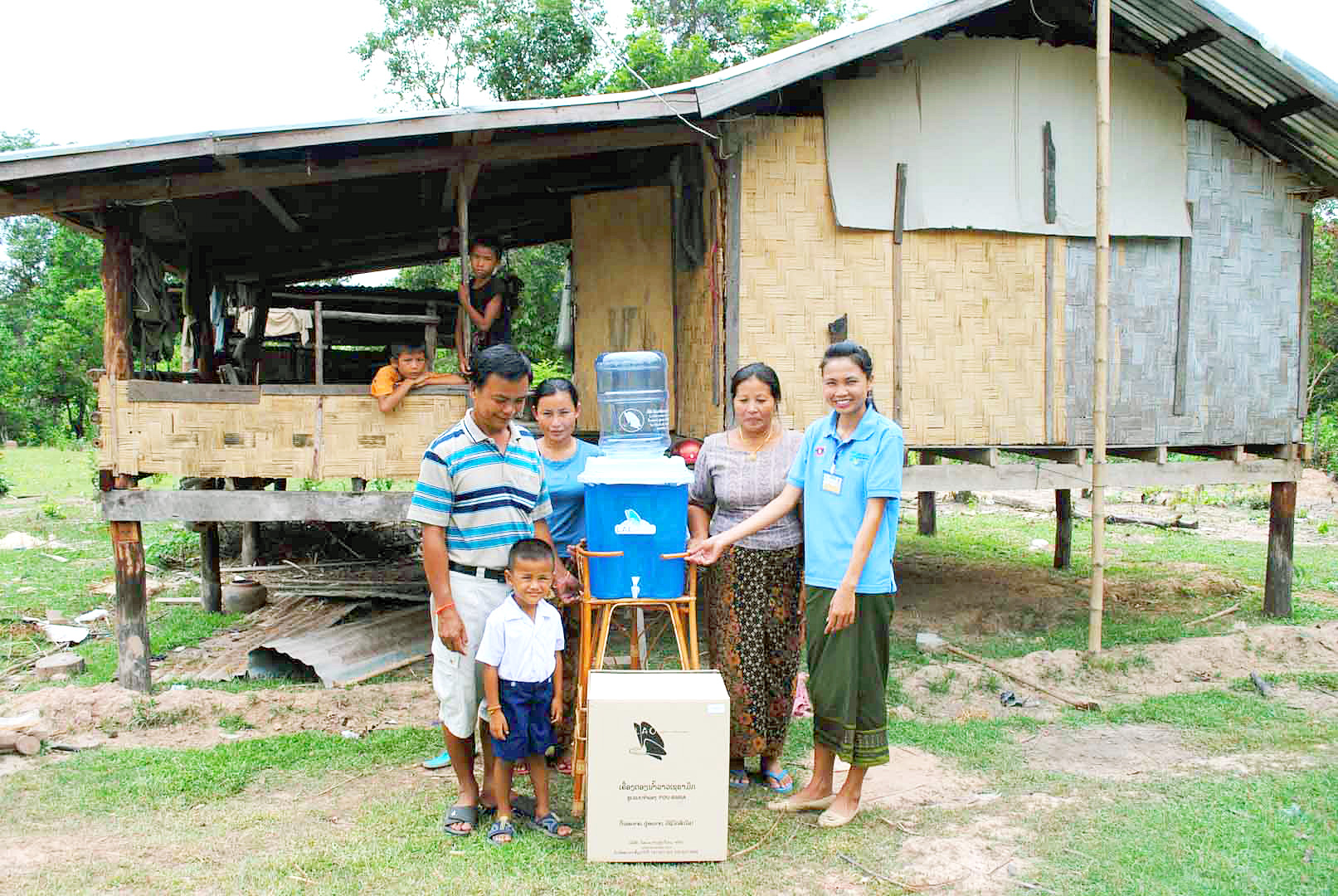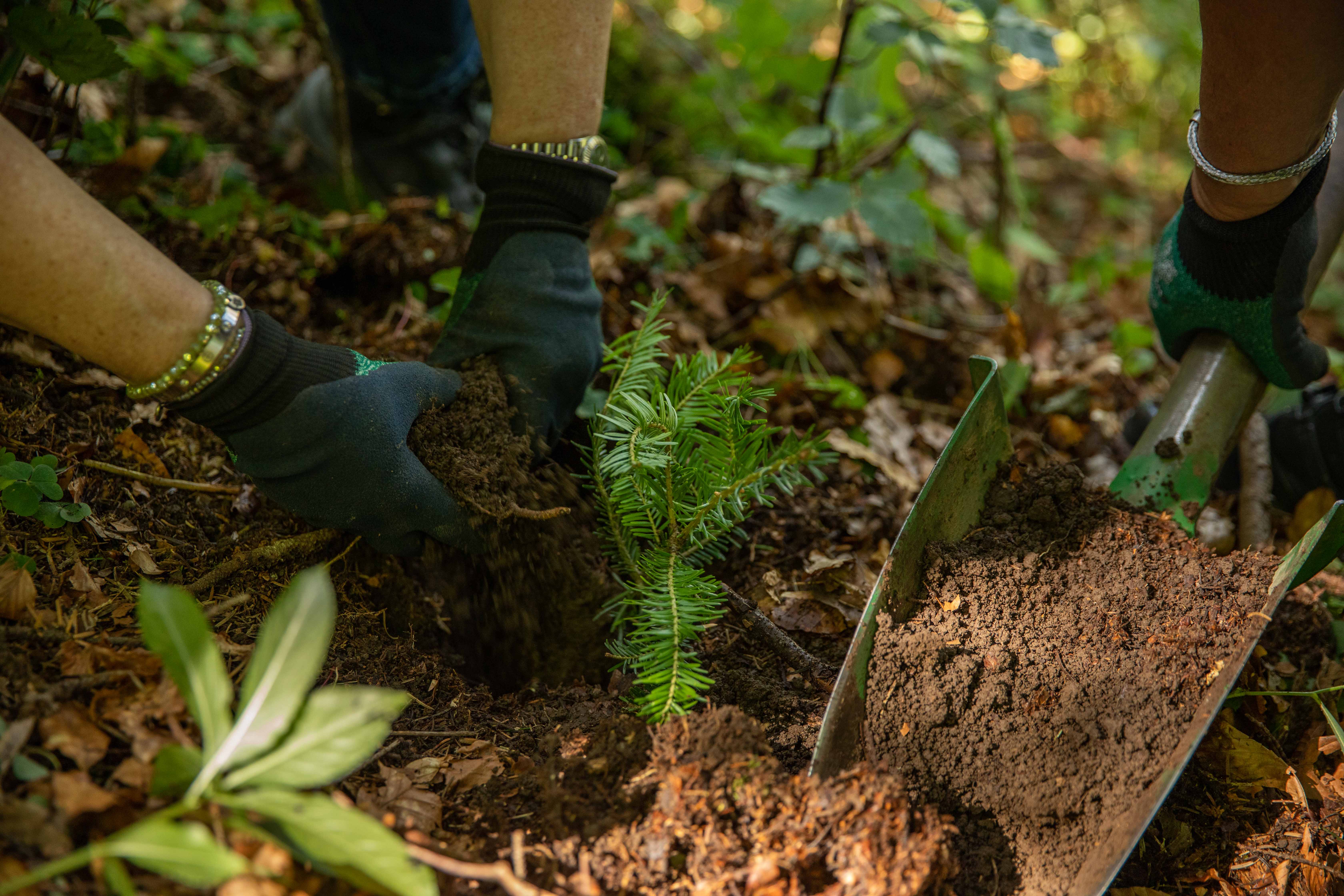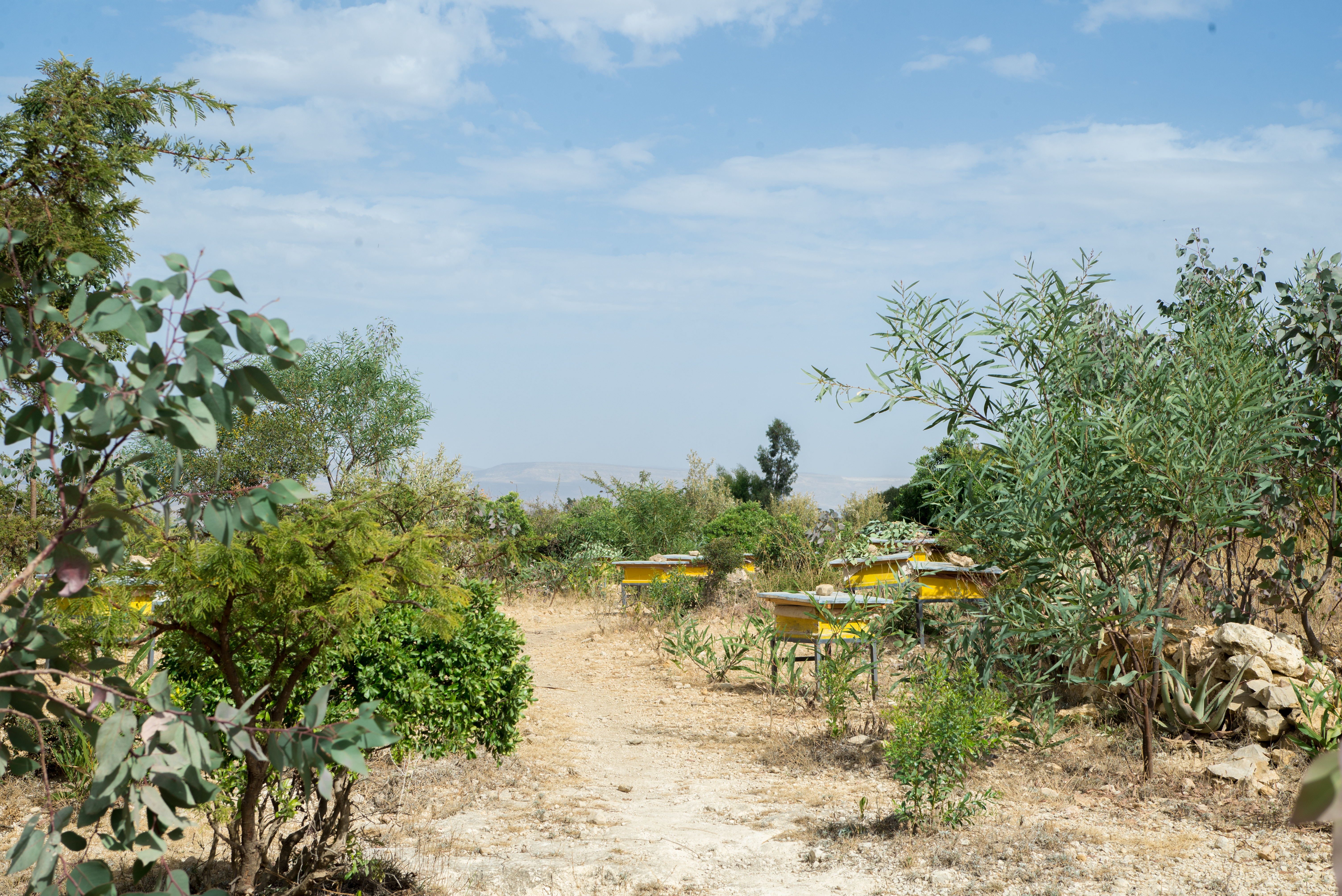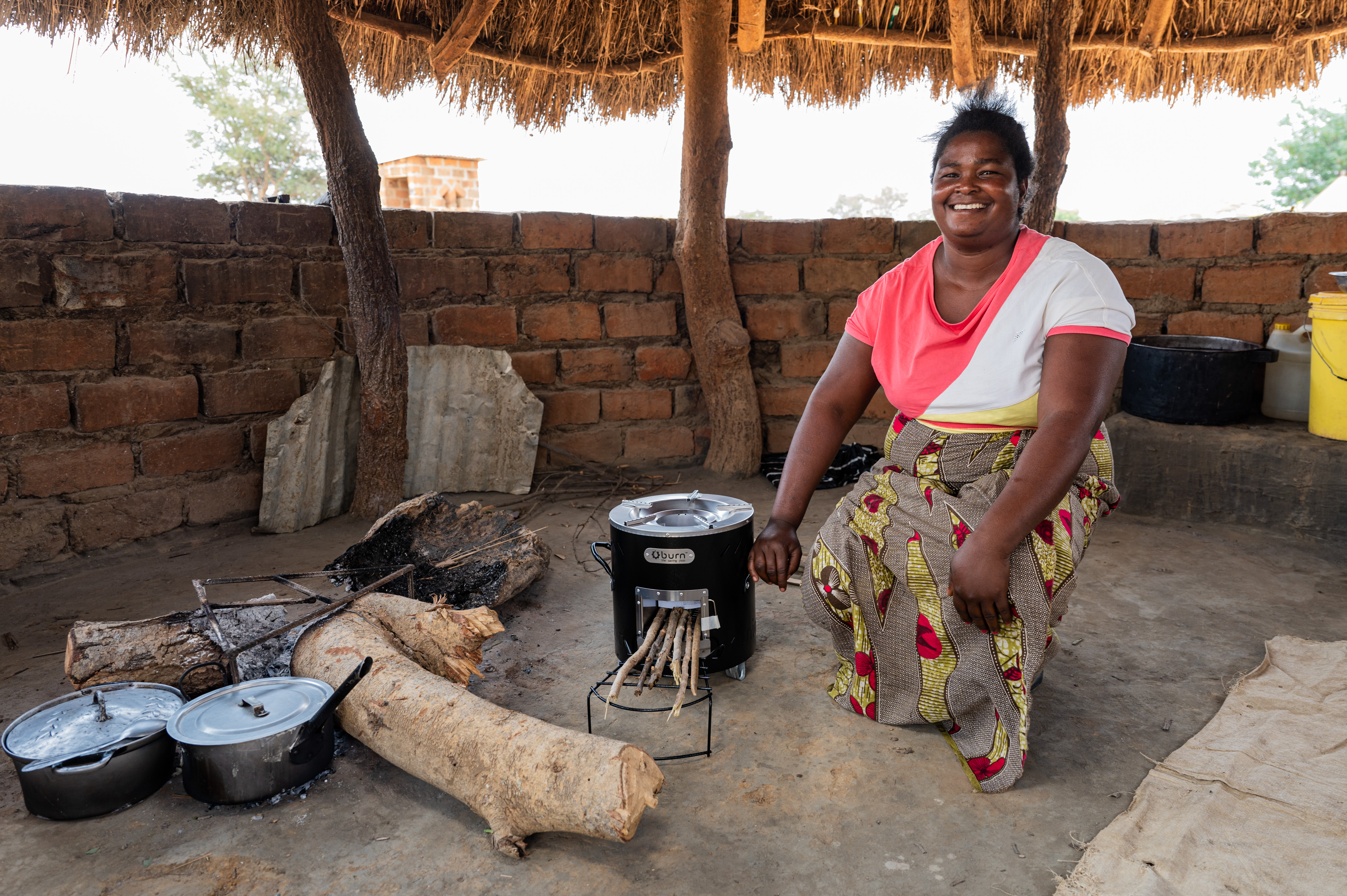Generating energy from waste water
Sofiyska Voda provides water supply, sewerage and waste water treatment services to over 1.4 million citizens in the Municipality of Sofia. The company operates the Kubratovo waste water treatment plant, processing about 400,000 cubic metres of water per day. The plant is located close to the village of Kubratovo, 20 km outside of Sofia, near the Iskar river.
In order to reduce greenhouse gas emissions the company implemented a system for anaerobic sludge treatment and combustion of biogas for power generation. Methane is captured in common tanks and then supplied to the newly installed combined heat and power (CHP) gas engines for electricity and heat production. This substitutes the plant’s electricity purchases from the grid and also diesel fuel usage. Excess electricity is supplied to the grid. The project reduces the volume of sludge by up to 50 percent. It saves methane emissions from open anaerobic sludge tanks, drying beds and landfill disposal sites and reduces CO2 emissions from fossil fuel-based energy generation.

Methane is a greenhouse gas emitted by many processes including livestock farming, waste management, sewage treatment, oil production, and coal mining. When released into the atmosphere, it oxidises first to carbon monoxide and then to carbon dioxide, making it a major contributor to global warming. Climate projects avoid these emissions by capturing the gas and using it to generate heat or electricity, or by processing the gas into dry and liquid gas. In this way, the gas is not released into the atmosphere and is used to generate energy instead. Gas recovery projects in the ClimatePartner portfolio are registered with international standards.
Explore our projects
Biochar for Climate Action, Healthy Soils, and Better Harvests

A certified climate project combined with additional commitment

Expansion of renewable energy generation in Asia

Ceramic water filters save CO2 and improve health

Improved cookstoves worldwide – for better health and cleaner air

A certified climate project combined with additional commitment

Powering access to renewable energy in Africa

A certified climate project combined with additional commitment

Restored ecosystems remove carbon

Turning degraded farmlands into healthy ecosystems

Improved cookstoves - better for health and the environment







